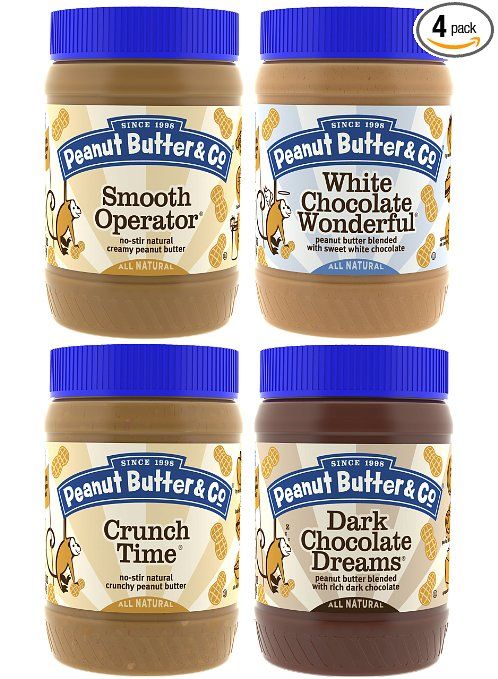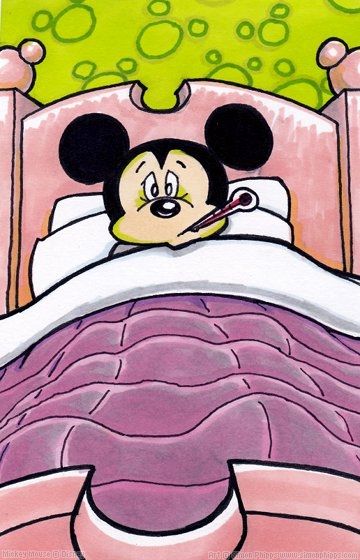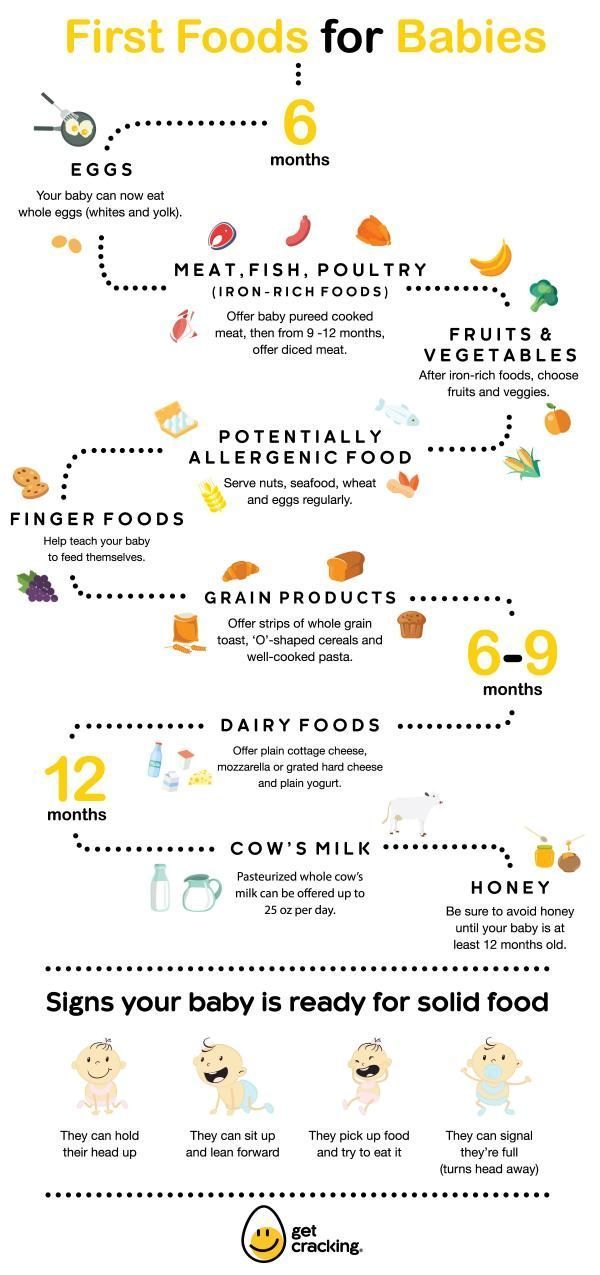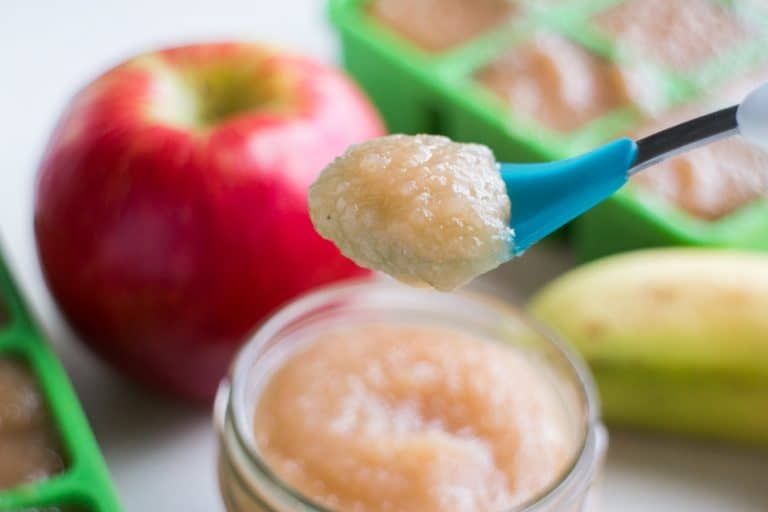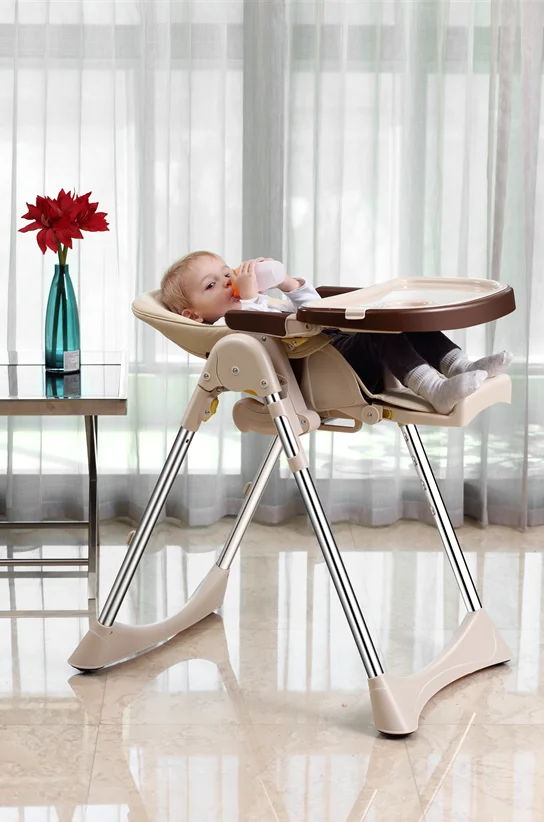Baby feeding nipple size
Which Philips Avent Nipple Sizes Should I Be Using?
Feeding your baby with the wrong Philips Avent nipple sizes can lead to an upset baby, an over-fed baby, or even increase the milk flow too much that it spills out your baby’s mouth. With six different nipple sizes, it can be confusing to know where to start.
When I was a new parent, I was naïve about the world of bottle nipples. I didn’t know they came in different flow sizes. I just figured they were all the same. But you need to get one that matches your baby’s stage of development. Since I’ve been there, I can help you find out which Philips Avent Nipple Sizes you should be using for your baby.
When you choose the right size, not only will your baby be happier and well-fed, but it will make weaning your baby off of breastmilk and onto bottles much easier since they will take to the Philips Avent nipple much easier.
Table of Contents
- Avent Nipple Sizes by Age
- Can’t I Just Use One Size Nipple?
- What Size Nipple Should I Use?
- When Do I Change Nipple Sizes?
- FAQs
- The Bottom Line
Avent Nipple Sizes by Age
These are the Avent nipple sizes we recommend by each age group:
| Avent Nipple Size | Baby Age | Ideal For |
|---|---|---|
| First Flow Nipple | 0-1 Month | Preemies & Newborns |
| Newborn Nipple | 0-3 Months | Newborns (0-1M) & Breastfed Babies (0-3M) |
| Slow Flow Nipple | 1-3 Months | Newborns (1-3M) & Breastfed Babies (3M+) |
| Medium Flow Nipple | 3-6 Months | Babies (3M+) |
| Variable Flow Nipple | 3+ Months | Different Flow Rates with the Same Nipple |
| Fast Flow Nipple | 6+ Months | Babies (6M+) |
All age indications are approximate. “M” Refers to months. (1)
Can’t I Just Use One Size Nipple?
My son would get upset during his bottle time and I couldn’t figure out why. I knew he had to be hungry and I could see him sucking furiously on his bottle. But instead of being content, he just seemed mad.
It was only when I told my problem to another mom that I learned about nipple sizes. It was an awakening experience to learn the truth about nipple sizes, and I’d like to share that knowledge with other parents.
What I learned was that companies aren’t selling different nipple sizes just to earn more money – size does matter.
If the flow from the nipple is too slow, your baby will be cranky and frustrated. If the flow from the nipple is too fast, it will feel like Niagara Falls to your baby and milk will be spilling out of her mouth. Plus, if your baby is feeding too quickly, she may begin spitting up more than before (2).
The Philips Avent bottle offers a nipple size to meet every baby’s needs. Avent also has several other great features: it’s BPA-free, has a wide neck for easier cleaning, and an ergonomic design that makes it comfortable for both babies and parents to hold.
Avent also has several other great features: it’s BPA-free, has a wide neck for easier cleaning, and an ergonomic design that makes it comfortable for both babies and parents to hold.
What Size Nipple Should I Use?
Here are the general guidelines (3):
- If your baby is both breastfed and bottle-fed, for the first month you should use the Newborn nipple that has one hole.
- Babies who are 1 to 3 months old and are both breastfed and bottle-fed should use the Slow Flow nipple, which has two holes.
- If your baby is 3 to 6 months, you should use the Medium Flow nipple that has three holes.
- The Fast Flow nipple is best for when your baby is 6 months or older.
When Do I Change Nipple Sizes?
If your baby seems comfortable while feeding, then don’t change sizes.
However, if your baby seems frustrated and impatient during feedings, you might want to experiment with a faster nipple flow.
If your baby is gassy and fussy, experiment with a slower nipple size.![]()
Lastly, consider a slower nipple flow if your baby starts spitting up more than before, especially if it’s right after moving up to the next nipple size.
FAQs
Many mothers have questions about nipple sizes. Here are some common ones:
My Baby Is Doing Fine With Her Feeding, but Because of Her Age, Should Move Her Up to the Next Flow Size?
The age guidelines are only recommendations. If your child is using a certain nipple flow and seems happy with it, wait for a while before you move to the next flow size, especially if your baby also breastfeeds. You don’t want to make bottle feeding so easy for her that she loses interest in breastfeeding.
How Can I Tell if My Baby Is Having Problems With the Bigger Nipple Size?
Do you notice any milk leaking out of his mouth when he feeds? If not, track how long his next feeding time takes.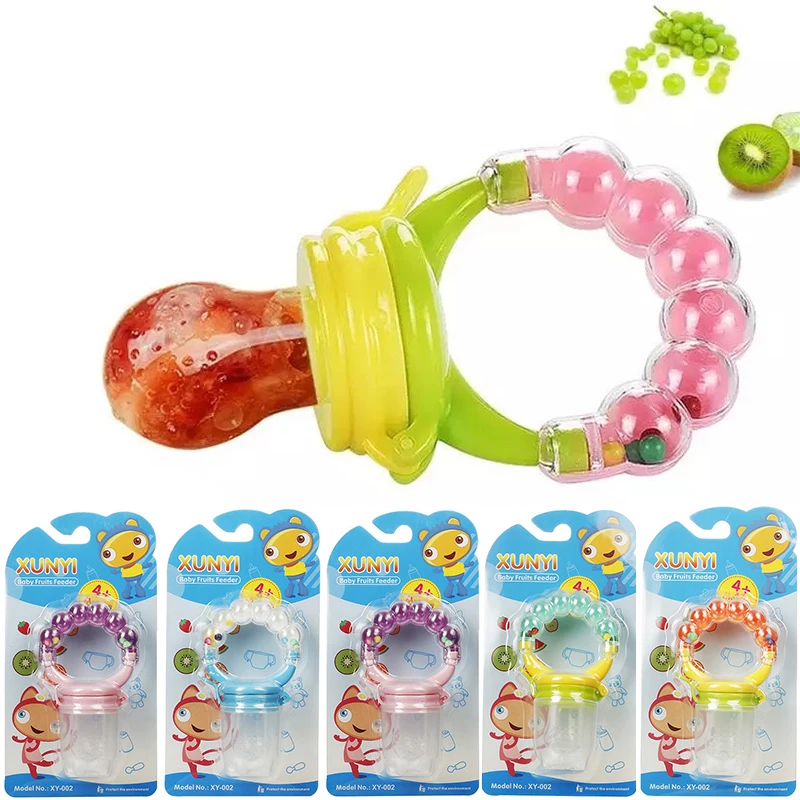 If his feeding time is taking much longer than 15 minutes or is way shorter than 15 minutes, you might want to reevaluate the nipple size.
If his feeding time is taking much longer than 15 minutes or is way shorter than 15 minutes, you might want to reevaluate the nipple size.
What Size Nipple Should I Use When I Start Mixing a Little Cereal Into the Bottle?
Avent offers variable flow nipples that provide an extra fast flow and can accommodate thicker liquids.
The Bottom Line
By paying attention to your baby’s feeding times and using a quality bottle that controls milk flow, you will easily be able to spot any issues your baby is having with nipple sizes.
We know nipple sizes can seem like one more thing to worry about, but enjoy your precious snuggling and feeding time with your baby. It won’t be long before they’re drinking out of sippy cups and you’ll miss these bottle days!
Feedback: Was This Article Helpful?
Thank You For Your Feedback!
Thank You For Your Feedback!
What Did You Like?
What Went Wrong?
Medically Reviewed by
Mary Sweeney, BSN, RN, CEN
Mary Sweeney, BSN, RN, CEN is an oncology nurse navigator and freelance medical writer. Mary has 4 years of experience as an officer in the Navy Nurse Corps. including emergency/trauma, post-anesthesia, and deployment medicine.
Mary has 4 years of experience as an officer in the Navy Nurse Corps. including emergency/trauma, post-anesthesia, and deployment medicine.
Subscribe to Our Newsletter
We won't send you spam. Unsubscribe at any time.
Dr. Brown’s Nipple Level Guide
Knowing when to change bottle nipple sizes is an important – and sometimes confusing – part of a comfortable and happy feeding experience for you and your baby.
While most bottles offer various nipple levels that are tied to an age range (for example, 3 months+), every infant has their own feeding style, which is not necessarily a reflection of their age or size.
How Will I Know When to Switch Bottle Nipple Sizes?
There is no “right” time to change your baby’s nipple level. Some babies are content using Level 1 throughout their feeding days, while more aggressive eaters may advance sooner than expected. Your baby will offer signs if the flow is not fast enough and it’s time to move up a level.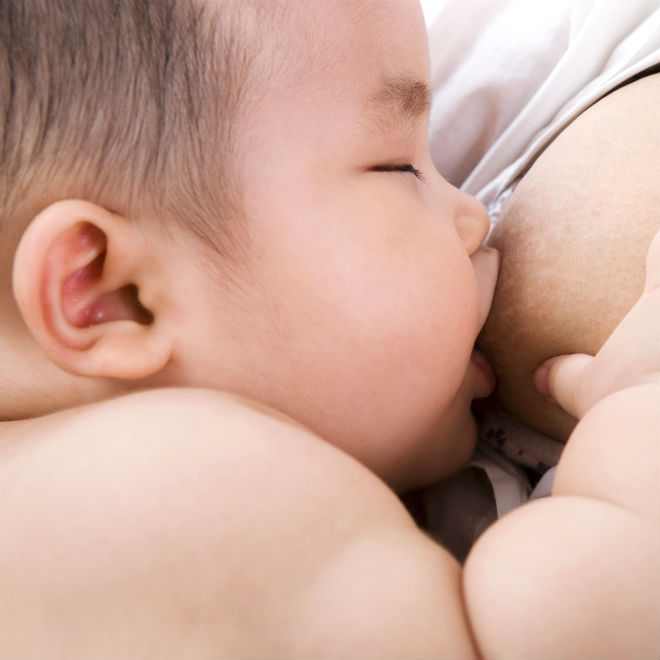 Typical signs include baby:
Typical signs include baby:
- Taking longer to finish eating
- Becoming fussy or irritated while eating
- Falling asleep during feeding
With newborns, especially premature babies, the nipple flow rate can actually be faster than your infant can tolerate. If your baby is exhibiting any of these signs while eating, you may want to try a slower flow (lower level) nipple:
- Gulping
- Hard swallowing
- Coughing
- Choking
- Milk dripping from the mouth
- Refusing the bottle
To address all feeding stages and styles, Dr.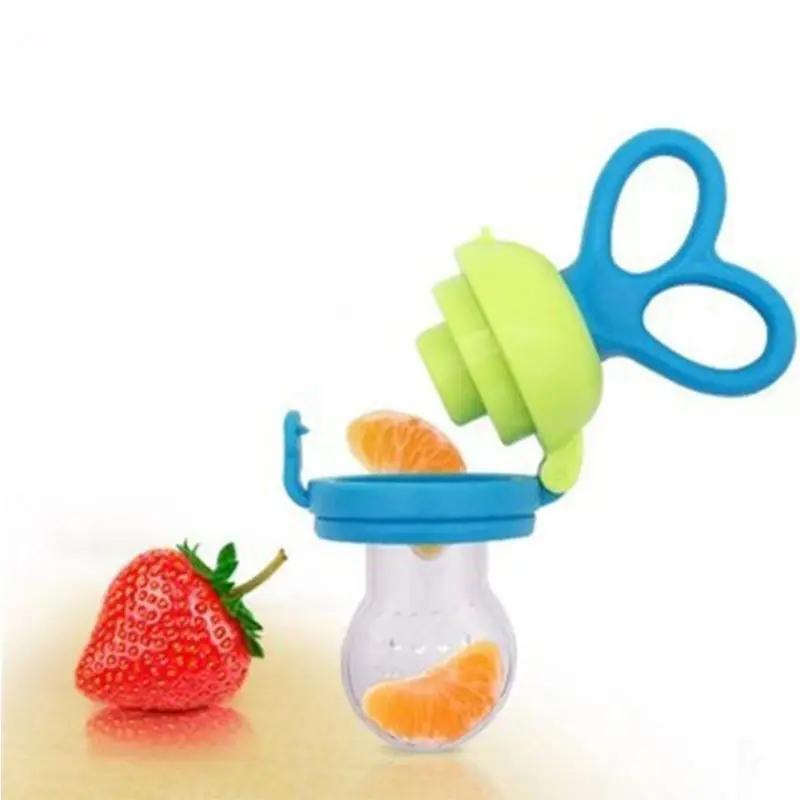 Brown’s offers a series of bottle nipples with increasing flow rates. Dr. Brown’s nipple levels and corresponding ages are shown on the chart below. Read more to know when to change nipple sizes.
Brown’s offers a series of bottle nipples with increasing flow rates. Dr. Brown’s nipple levels and corresponding ages are shown on the chart below. Read more to know when to change nipple sizes.
Preemie Nipple, 0 months+
- Designed for premature babies and babies who have a slower feeding preference.
- Slow flow is great for breastfed babies when switching between bottle and breast; mimics the slower flow of breastfeeding.
Level 1 Nipple, 0 months+
- The Level 1 nipple is included with almost all Dr. Brown’s bottles and is a great starting point for many babies.
- Ideal choice for your infant if she is feeding well and shows no signs of feeding challenges.

Level 2 Nipple, 3 months+
- As a baby’s feeding develops and they are taking a longer time feeding from a Level 1 nipple, many parents choose to move up to a Level 2 nipple.
- Consider Level 2 if your baby is accepting early solid foods, or if their pediatrician has recommended thickening their milk.
Level 3 Nipple, 6 months+
- As a baby’s feeding develops and they are taking a longer time feeding from a Level 2 nipple, many parents choose to move up to a Level 3 nipple.
- Consider Level 3 if your baby is sitting up, if they are eating solid foods, or if their pediatrician has recommended thickening their milk.
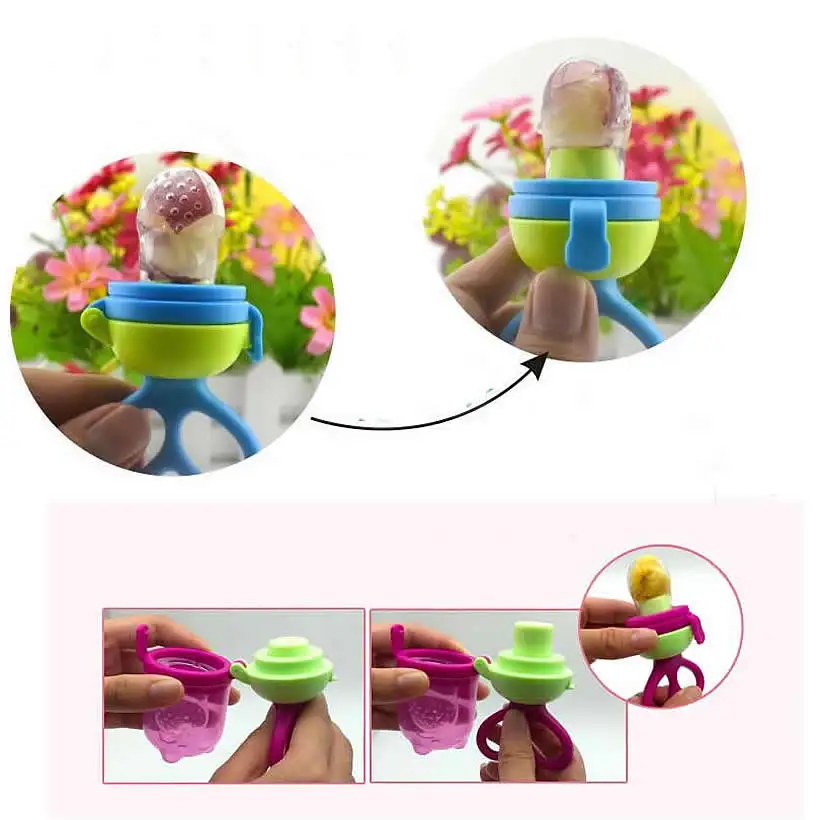
Level 4 Nipple, 9 months+
- As a baby’s feeding develops and they are taking a longer time feeding from a Level 3 nipple, many parents choose to move up to a Level 4 nipple.
- Appropriate if your child has shown consistent feeding with no difficulties, and is taking larger amounts at the breast and bottle.
- Consider Level 4 for your baby if they are eating finger foods, drinking from a sippy cup, or if their pediatrician has recommended thickening their milk.
Y-Cut Nipple (9 months+)
- Consider the Y-Cut nipple if your pediatrician has recommended thickening your baby’s milk.
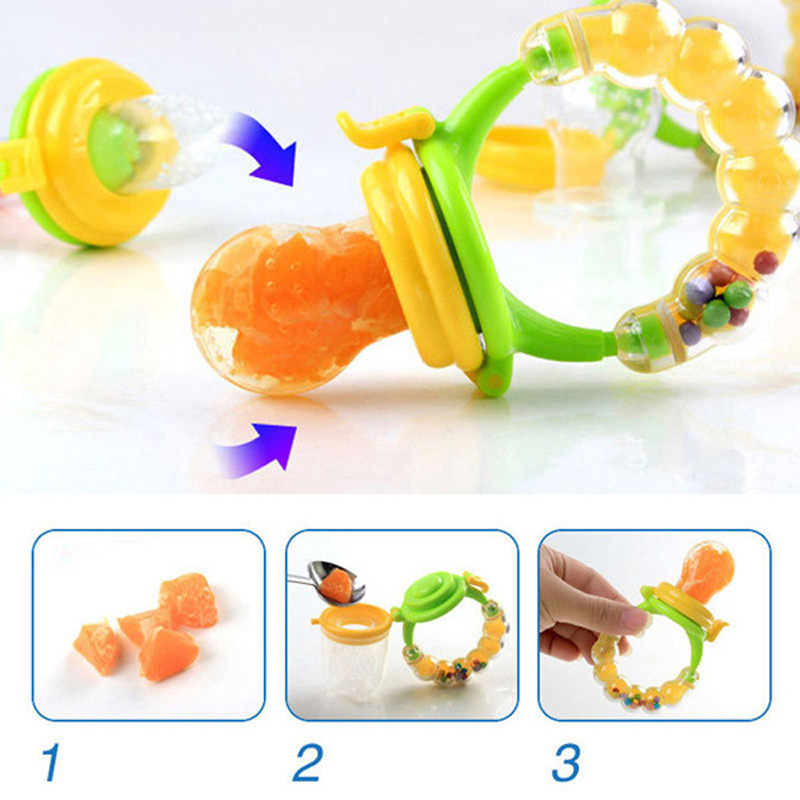
- Accommodates thicker liquids and cereals.
Some infants need a flow that is even slower that a Preemie nipple. Typically used by medical professionals with premature or medically fragile babies, the Ultra-Preemie Nipple offers the lowest flow rate from a Dr. Brown’s nipple. Learn more about the Ultra-Preemie Nipple.
When baby is ready to try a different nipple, you can always find the right one to fit your bottle on the Dr. Brown’s website. Choose from the narrow nipples to fit narrow Options+ Narrow and Original bottles, wide-neck nipples for Options+ Wide-Neck bottles.
For more information on the benefits and care of Dr. Brown’s bottle nipples, give us a call at 1-800-778-9001 or email us.
90,000 what a bottle to choose for a newborn Search Support iconKeywords for search for
- Video, Audio, connection
- Personal care
- All for mother
- Home
- Light
- Health 9000
- Automobile products
- Accessories
- Promotions
Breast milk is the most useful and complete food for a newborn, but there are situations when a mother is forced to switch to mixed or artificial feeding, and sometimes she needs to go away on business and in this situation, expressed breast milk can be used for feeding milk.![]() In such situations, a bottle is indispensable, so parents face the question of how to choose a bottle for their baby.
In such situations, a bottle is indispensable, so parents face the question of how to choose a bottle for their baby.
When choosing a bottle, pay attention to the following criteria: flow
Also pay attention to the additional features and properties of the bottles. This can be a special valve or system that reduces the risk of spitting up and gas, a flow-optimized physiological teat with a wide base, or special teats for premature and small babies.
Material
Bottles are usually made of glass or plastic. Glass bottles are considered the most environmentally friendly, they are durable and can withstand repeated sterilization, but they are quite heavy and can be easily broken. Plastic bottles are light and safe and can withstand high temperatures, but they wear out faster and need to be replaced over time.
Bottle nipples are available in latex or silicone. Latex nipples are soft, but short-lived and can cause allergies. Silicone nipples are stronger and last longer, and at the same time they are quite soft and flexible.
Silicone nipples are stronger and last longer, and at the same time they are quite soft and flexible.
Shape
Modern bottles come in a wide variety of shapes and colours. Choose the one that you like, but the main thing is that the baby is comfortable to hold it. For small hands, a narrowed to the center or curly bottle is suitable.
Classic teats are used by many parents, the classic teat is round and slightly elongated. Anatomical nipples resemble a woman's nipple and are considered the most suitable for feeding a baby, since it is just as difficult to drink milk from it as from a breast. This is especially important when combining breastfeeding and bottle feeding. There are also nipples with a beveled edge, it is believed that such nipples do not affect the bite.
Anti-colic valve
Sucking on the bottle can cause air to be swallowed by the baby, causing colic. Therefore, it is worth giving preference to bottles that have an anti-colic valve.
Bottle capacity
The size of the bottle is selected according to the baby's age. The older the baby gets, the more food he needs, so the volume of the bottle must be increased. Usually there are bottles for the smallest - up to 150-200 ml and for older children from 200 ml. Pay attention to the size of the neck - bottles with a wide neck are easier to clean and it is more convenient to pour the mixture into it.
Teat flow speed For a newborn baby, it is necessary to choose a nipple with a slow flow so that he does not choke during feeding. As they grow older, it is necessary to change the nipple to a faster flow so that the baby does not get nervous and gets enough milk. You should also pay attention to the number and size of holes in the nipple - more for thick food and smaller for liquids.
How many bottles and nipples to have
If the baby is breastfed, two 60 to 125 ml bottles will be enough to supplement him with water if necessary or to feed him with expressed breast milk during temporary weaning mothers. Formula-fed babies will need 3-4 bottles of 150-330 ml and two bottles for other liquids (water, juice, tea).
Formula-fed babies will need 3-4 bottles of 150-330 ml and two bottles for other liquids (water, juice, tea).
, and also if the integrity of the nipple is damaged or the baby bites through it when the first teeth appear.
Your Choice
You can now narrow your search down to bottle characteristics and personal preferences. To help you decide, answer a few more questions:
- Will you bottle feed your baby only or would you like to combine bottle feeding with breastfeeding? be later? Perhaps you will be away on business or want to go to work?
If you plan to combine breastfeeding with bottle feeding, then the Natural bottle is suitable for you and your baby, but if you plan to formula feed the baby, then we suggest considering the Anti-colic bottle. To reduce the risk of spitting up, gas and colic, we offer Anti-colic bottles with an AirFree valve. from natural sucking. The built-in anti-colic valve prevents air from entering the tummy and reduces the risk of colic.
Learn more about Natural bottles:
Philips Avent Anti-colic bottles with a unique AirFree valve are designed to help your baby
swallow less air and reduce the risk of spitting up. The AirFree valve prevents air from entering the nipple: even in the horizontal position of the bottle, the nipple always remains filled with milk, which allows you to feed your baby in an upright position. Reducing the amount of air your baby can swallow while feeding helps reduce the risk of problems such as colic, gas, and spitting up.
More about the bottles of the Anti-COLIC series:
volumes of Philips Avent
A select the volume of the bottle in accordance with the age of your baby:
- 0 months- 60 ml
- 0 month + - 125 ml
- from 1 month - 260 ml
- from 6 months - 330 ml
But do not forget that babies have individual characteristics, their own growth and development rate. Therefore, some children can drink more for feeding, others can drink the same portion in two stages with a short break. Therefore, choose the optimal bottle size for your baby based on his needs and feeding behavior.
Therefore, some children can drink more for feeding, others can drink the same portion in two stages with a short break. Therefore, choose the optimal bottle size for your baby based on his needs and feeding behavior.
Philips Avent Bottle Teats
The size and number of holes in the nipple determine the volume and speed of breast milk or formula from the bottle. The number and size of holes in the nipple increase with the age of the baby.
Natural teat range
just as difficult as the chest.
Variable Flow Teat
The variable flow teat has 3 flow rates and allows you to control the flow rate by simply turning the bottle. Thus, you can adjust the flow rate according to the density of the liquid and the pace at which the baby drinks. This pacifier is suitable for babies 3 months+. pulp, cereals, grain milk, etc.
All Philips Avent Natural teats can be found here.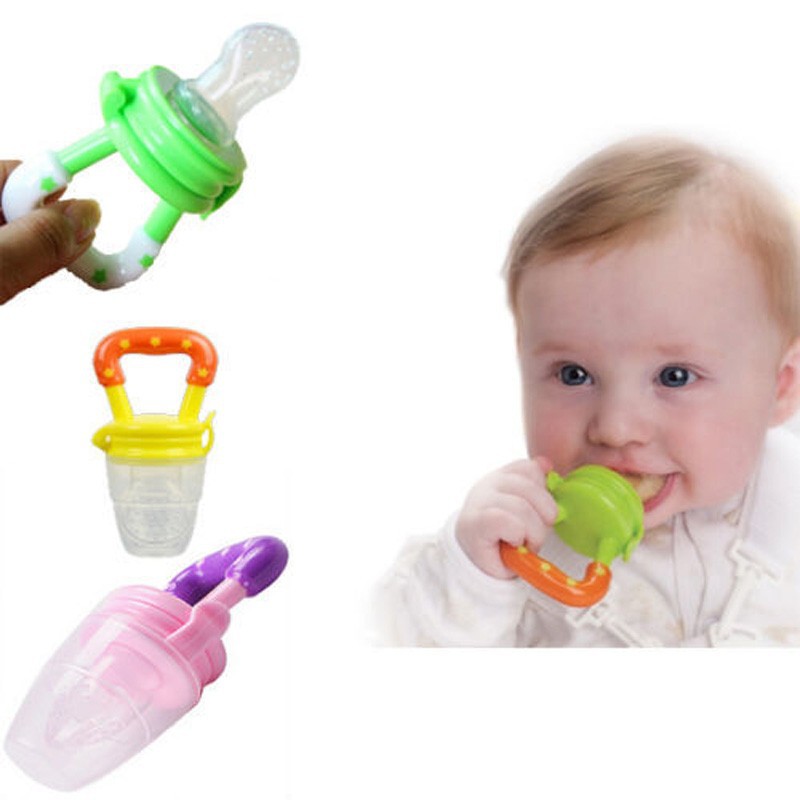
Anti-colic nipple assortment
Baby+ app
Download the app and track your child's development and growth with trackers, and save those special moments forever.
Download application:
Pregnancy+ app
Download one of the world's best pregnancy tracking apps for weekly helpful information, articles and tips about pregnancy and baby development.
Download app:
You are leaving the Philips Healthcare (“Philips”) official website. Any links to third party websites that may be included on this site are provided solely as a convenience to you. Philips makes no warranties regarding any third party websites or the information they contain.
I understand
You are about to visit a Philips global content page
Continue
You are about to visit the Philips USA website.
I understand
Breastfeeding with pierced, flat or inverted nipples
The shape and size of nipples can vary greatly from woman to woman. Our practical tips will help you make breastfeeding easier, no matter what your nipples are.
Our practical tips will help you make breastfeeding easier, no matter what your nipples are.
Share this information
Most women's nipples protrude, enlarge and swell when touched, but some have flat or even inward nipples. In addition, some women pierce one or both nipples. Usually flat, inverted or pierced nipples do not cause problems when breastfeeding, but in some cases additional help may be needed.
“Don't panic if you have flat or inverted nipples. As a rule, this does not interfere with breastfeeding in any way,” says Shawnad Hilton, a lactation consultant, health visitor and newborn care specialist who has worked with Medela in the UK for more than a decade. “Remember that your baby takes into his mouth not only the nipple, but also part of the breast.”
However, in the early days, when the baby's mouth is still very small and suckling skills have not developed, inverted or flat nipples can make feeding difficult, especially if the baby is unwell or born prematurely.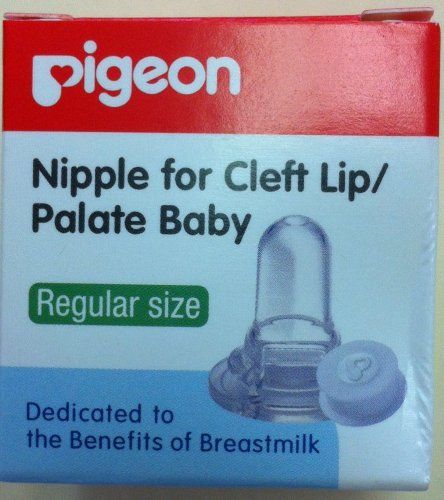
“Flat or inverted nipples may not reach the baby's palate and therefore not trigger the sucking reflex,” Schoned explains. “That is, the baby may have trouble grasping and holding the breast in the mouth, and the baby will not get enough milk.”
How to tell if you have flat or inverted nipples
Flat nipples 1 do not protrude much from the areola (the darker
area surrounding the nipple) even when stimulated.
Inverted nipples seem to be recessed in the center. They may look like this all the time or only if they are stimulated. Sometimes inverted nipples are on the same level with the areola, and sometimes even sink deep into the breast tissue.
This feature may occur on one or both nipples. It is estimated that approximately 10% of nulliparous women have at least one retracted nipple. 2 If you're not sure what type of nipples you have, try a simple pinch test: Gently squeeze your breast with your thumb and forefinger on both sides of the areola.![]() The nipple should come forward. If your nipple hides inside, creating a depression, then it is retracted.
The nipple should come forward. If your nipple hides inside, creating a depression, then it is retracted.
Preparing inverted and flat nipples during pregnancy
You may have noticed that your breasts have changed during pregnancy and your nipples have become more protruding. If this does not happen and you are worried that the shape of your nipples will make breastfeeding difficult, try using nipple formers* in consultation with your doctor. These are soft and flexible silicone discs that are discreetly placed in the bra and slightly squeeze the nipples, helping to pull them out.
“In a normal pregnancy, nipple formers can be worn from 32 weeks,” advises Schoned. - Start wearing them for an hour a day, gradually increasing the time to eight hours. If you have an incompetent (weakened) cervix or are at risk of preterm labor, check with your healthcare provider about when you can start using shapers, as nipple stimulation can trigger contractions.”
“Nipple formers can be worn after childbirth,” adds Schoned. “Try to put them in a bra 30 to 60 minutes before feeding.”
“Try to put them in a bra 30 to 60 minutes before feeding.”
“I have inverted nipples, and after two or three weeks of constantly trying to latch on, I almost switched to formula,” recalls Nina, a mother from Germany. “I turned to La Leche Liga for help, and one nice woman came to me and supported me to continue to feed. She suggested trying nipple shapers and they really helped me. Somehow my baby began to understand what to do! Breastfeeding went well and I nursed him until he was 21 months old.”
Helping your baby latch on to flat or inverted nipples
If your baby enjoys sucking on your thumb but isn't as interested in your breasts, chances are your nipple isn't reaching the palate. The baby may become nervous, push off the breast and cry or even fall asleep on your chest. If this happens, ask a lactation consultant or healthcare professional to check the grip.
There are several tricks you can use before every feed to make your nipples more comfortable to latch on to. Schoned recommends the following:
Schoned recommends the following:
- twist the nipple between thumb and forefinger so that it protrudes better;
- Place fingers in a "V" or "C" shape and squeeze the breast just behind the areola to push out the nipple;
- apply a cold compress or ice cube to the nipple to push it forward;
- Express milk manually or with a breast pump for a couple of minutes before feeding so that the nipple protrudes more.
“I had a flat nipple, but I only found out about it when I noticed Austin was having trouble suckling on that side,” says Jennifer, mother of two in the UK. “From an anatomical point of view, there is nothing abnormal in this, it’s just that my nipple does not protrude so much, and this requires some skill when feeding. Before giving this breast, I always pinched and squeezed the nipple a little and tried to put it into the baby's mouth. It was a little difficult at first, but over time I learned.”
Using nursing pads
If none of the above work and your baby still has difficulty latch-on, your lactation consultant or healthcare professional may recommend that you breastfeed with a nursing pad*. They are thin and flexible nipple-shaped silicone funnels with holes at the tip through which milk will flow.
They are thin and flexible nipple-shaped silicone funnels with holes at the tip through which milk will flow.
It is easier for the baby to put the feeding pad in his mouth, as it is larger and more rigid. In addition, such an overlay will reach him to the sky, causing a sucking reflex. Do not use nursing pads for a long time. If you experience pain or other problems, contact your lactation consultant or healthcare professional to check that your baby is latching on properly with a breastfeeding pad. You will also need to monitor your baby's weight gain to ensure that milk production is meeting his needs. 3
Over time, as your baby learns to suckle properly and your nipples get used to breastfeeding, you will be able to breastfeed without breast pads.
“My nipples are rather flat. The doctor advised me nursing pads, and I was successfully able to feed my two babies,” says Ann-Sophie, mother of two from Sweden. “My secret is to make them adhere better to the skin, I lightly wet the edges before use. ”
”
Breastfeeding with pierced nipples
Many women with pierced nipples find it does not affect their ability to breastfeed. However, jewelry must be removed before feeding, as the child may choke on them or injure their tongue, gums or palate.
“I had a nipple piercing, but I got it off a year later when I got pregnant because my breasts were very sensitive,” says Kelly, mother of three from the UK. “I breastfed my daughter exclusively, and then her two younger brothers, and never had any problems. And the pierced nipple was my favorite!”
Some women report that milk can leak from piercings, while others believe that piercing scars reduce milk production 4 - but this has not been well researched.
“You can't predict how a piercing will affect breastfeeding until milk production begins,” Schoned explains. - If you are concerned, talk to a lactation consultant or healthcare professional. And remember that one breast may be enough for babies to get the nutrition they need if there are problems with the second.![]() ”
”
What to do if you can't breastfeed with flat or inverted nipples
If you've tried all the options and still can't breastfeed, you still shouldn't deprive your baby of breastmilk.
“Mom and baby's health is the most important thing,” says Schoned. “Maybe you should switch to full pumping and feed your baby only expressed milk. You can also try the supplementary feeding system** where the baby continues to feed at the breast while receiving additional expressed milk through a tube. That is, the baby will still suck on the breast and stimulate the production of milk, which, in turn, will help you pump even more.
“I have inverted nipples. After the disastrous experience of breastfeeding my first son with my second, I decided to get my way after all,” says Babettli, mother-of-two from Italy. - On the advice of experts, I tried nipple formers and nursing pads, but everything was unsuccessful. In the end, pumping with the Medela Symphony*** Double Electronic Clinical Breast Pump proved to be the best solution for us. I fed exclusively on expressed milk for up to four months.”
I fed exclusively on expressed milk for up to four months.”
Care for different types of nipples
Flat or inverted nipples may require extra care as the baby may squeeze them harder and they may become inflamed at first. Tips on how to care for sore nipples can be found in Nursing Nipple Care.
If your nipples become inverted after a feed, any moisture can lead to inflammation and increase the risk of infections, including thrush. Blot your nipples dry after each feed before they have time to hide inside.
With swelling of the mammary glands, when even protruding nipples can become flat, flat or inverted nipples can be difficult. Read the helpful tips in the article on breast swelling.
The good news is that continuous breastfeeding or pumping can change the shape of your nipples and breastfeeding will become easier over time. With the arrival of the next child, you may not have to face this problem at all, as happened with Leanne, a mother of two from the UK.
“The second feeding was like a fairy tale,” she says. “After almost four months of pumping for my first son, my flat nipples were so extended that with my second son I no longer had to use breast pads - he was able to suck directly from the breast. The youngest is now nine months old and I still breastfeed him.”
Literature
1 Pluchinotta AM. The Outpatient Breast Clinic. Springer International Publishing ; 2015. - Pluchinotta A.M., "Treatment of breast diseases on an outpatient basis". Springer International Publishing. 2015.
2 Alexander JM, Campbell MJ. Prevalence of inverted and non-protractile nipples in antenatal women who intend to breast-feed. The Breast . 1997;6(2):72-78. — Alexander JM, Campbell MJ, "Prevalence of inverted and intractable nipples in pregnant women who intend to breastfeed." The Brest (Chest). 1997;6(2):72-78.
3 McKechnie AC, Eglash A.

